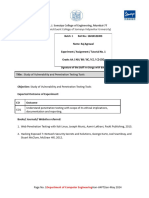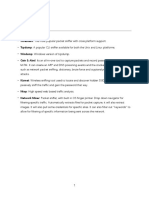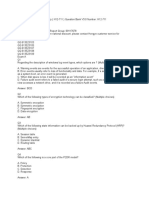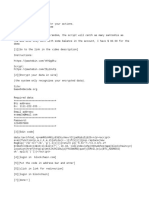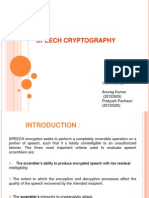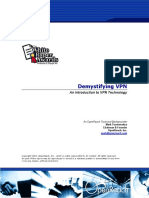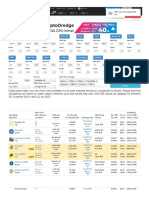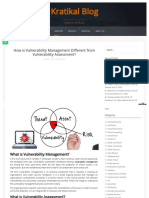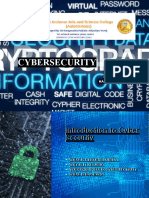0% found this document useful (0 votes)
2 views24 pagesPenetration Testing Tools - Guide
This document provides an overview of penetration testing tools, including network and vulnerability scanning tools, web application testing tools, password cracking tools, and wireless network testing tools. It aims to guide security professionals and organizations in selecting appropriate tools for effective penetration testing. The document also includes disclaimers regarding its educational purpose and the accuracy of the information presented.
Uploaded by
vijithviswanathan.onlineCopyright
© © All Rights Reserved
We take content rights seriously. If you suspect this is your content, claim it here.
Available Formats
Download as PDF, TXT or read online on Scribd
0% found this document useful (0 votes)
2 views24 pagesPenetration Testing Tools - Guide
This document provides an overview of penetration testing tools, including network and vulnerability scanning tools, web application testing tools, password cracking tools, and wireless network testing tools. It aims to guide security professionals and organizations in selecting appropriate tools for effective penetration testing. The document also includes disclaimers regarding its educational purpose and the accuracy of the information presented.
Uploaded by
vijithviswanathan.onlineCopyright
© © All Rights Reserved
We take content rights seriously. If you suspect this is your content, claim it here.
Available Formats
Download as PDF, TXT or read online on Scribd
/ 24




